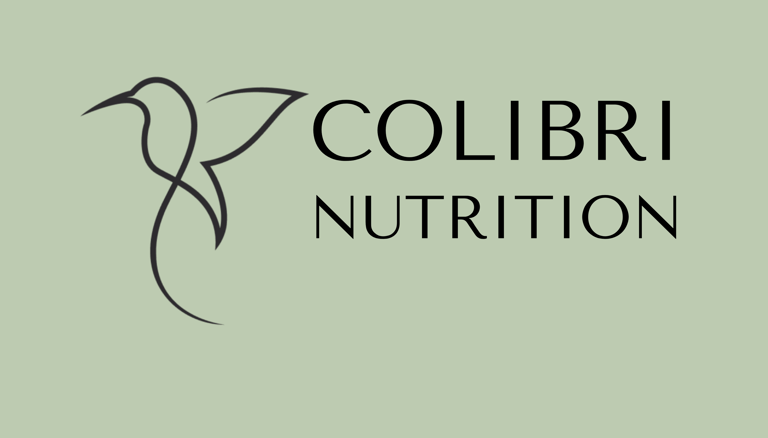Small steps. lasting change. true wellness
Dairy, Calcium, and Bone Health: What You Need to Know
For decades, dairy has been promoted as the gold standard for strong bones and preventing osteoporosis. But new research suggests the story is more complex. While milk and dairy products do contain calcium, they are also high in phosphorus, which may actually interfere with calcium’s benefits. On top of that, dairy’s relationship with inflammation and long-term bone health is being re-examined. Let’s take a closer look at the science and explore how you can meet your calcium needs without relying on dairy.
Elena Abramova
9/16/20253 min read
Dairy, Calcium, and Phosphorus: A Double-Edged Sword
Cow’s milk is rich in both calcium and phosphorus, but the balance isn’t ideal for bone health. Human milk has a calcium-to-phosphorus (Ca:P) ratio closer to 1.7:1, while cow’s milk sits around 1.24:1, with much more phosphorus. This is important because:
Calcium absorption is limited. Only about one-third of calcium in cow’s milk is bioavailable to humans;
Phosphorus is highly absorbed. As a result, cow's milk can deliver more phosphorus than calcium, contributing to a calcium–phosphorus imbalance;
High phosphorus relative to calcium may weaken bones. High phosphorus intake, especially relative to calcium, has been linked to reduced bone strength. That's because phosphorus can combine with calcium in the digestive tract and actually prevent the absorption of calcium.
Dairy, Osteoporosis, and Inflammation
Contrary to popular belief, higher milk consumption hasn’t consistently been shown to protect against fractures.
A large meta-analysis found that greater intake of milk and dairy products was not associated with a lower risk of osteoporosis or hip fracture.
A study of 40,000 people with osteoarthritis revealed that those who consumed more dairy were more likely to need hip replacement surgery.
In fact, three cups of nonfat milk already exceed the phosphorus RDA (700 mg) while supplying only a fraction of daily energy needs (13%), making it almost impossible to avoid excess phosphorus if dairy is a major calcium source. In addition, the excess matter that cannot be excreted remains inside the body and can turn into mucus - the perfect culture for bacteria growth causing inflammation.
Men with higher intake of dairy foods, but not nondairy calcium, had a higher risk of prostate cancer compared with men having lower intakes.
These findings raise questions about whether dairy should really be considered essential for adult bone health.
Bioavailability Matters: Why Not All Calcium is Equal
One concern with plant-based calcium is bioavailability — how much the body actually absorbs. It’s true that some foods (like spinach) contain oxalates that bind calcium and reduce absorption. Nuts and legumes also contain phytates that can limit mineral uptake. But not all plant foods are equal:
High-absorption greens: Kale, bok choy, and broccoli provide calcium with absorption rates up to 60%, which is higher than dairy’s ~30%.
Low-absorption greens: Spinach and beet greens are calcium-rich but oxalate-heavy, meaning only ~5% is absorbed.
Nuts and seeds: Moderate sources, but soaking or lightly roasting helps reduce phytates.
Beans and lentils: Offer calcium plus iron and magnesium, though again soaking improves mineral availability.
Fortified plant milks (almond, oat) and tempeh (fermented soy) can also be reliable sources, with absorption rates similar to dairy.
Meeting Your Calcium Needs Without Dairy
The adult RDA for calcium is about 1,000 mg/day (1,200 mg for women over 50). Here’s how you can reach that with a balanced, anti-inflammatory diet:
1 cup fortified plant milk → ~300 mg
1 cup cooked bok choy or kale → ~160–180 mg
2 tbsp tahini or chia seeds → ~130–180 mg
1 cup lentils or white beans → ~100-160 mg
50 mg canned sardines with bones → ~120 mg
100g cooked tempeh → ~100 mg
1 oz almonds (~20 nuts) → ~75 mg
👉 Together, this adds up to ~1,000 mg of calcium, with absorption rates comparable (and in some cases better) than dairy.
Tips to Boost Calcium Absorption Naturally
Pair calcium-rich foods with vitamin D and K2 (from sunlight, eggs, fatty fish, fermented foods).
Spread calcium intake throughout the day (the body absorbs best in doses ≤500 mg).
Soak, sprout, or ferment nuts, seeds, and legumes to reduce phytates.
Steam greens to lower oxalate content and increase mineral uptake.
References:
Colbin, A. (2013). Food and Healing: How What You Eat Determines Your Health, Your Well-Being, and the Quality of Your Life. United Kingdom: Random House Publishing Group.
https://www.sciencedirect.com/science/article/pii/S0963996923013431?via%3Dihub
https://link.springer.com/article/10.1007/s00418-018-1711-8?fromPaywallRec=true
https://www.tandfonline.com/doi/full/10.1080/10408398.2019.1590800
https://ajcn.nutrition.org/article/S0002-9165(22)00038-7/fulltext
https://ift.onlinelibrary.wiley.com/doi/epdf/10.1111/j.1365-2621.1993.tb06187.x
Disclaimer
The information provided on this website is for educational and informational purposes only. It is not intended as a substitute for professional medical advice, diagnosis, or treatment. Always consult with your physician or another qualified healthcare provider with any questions you may have regarding your health or a medical condition.
